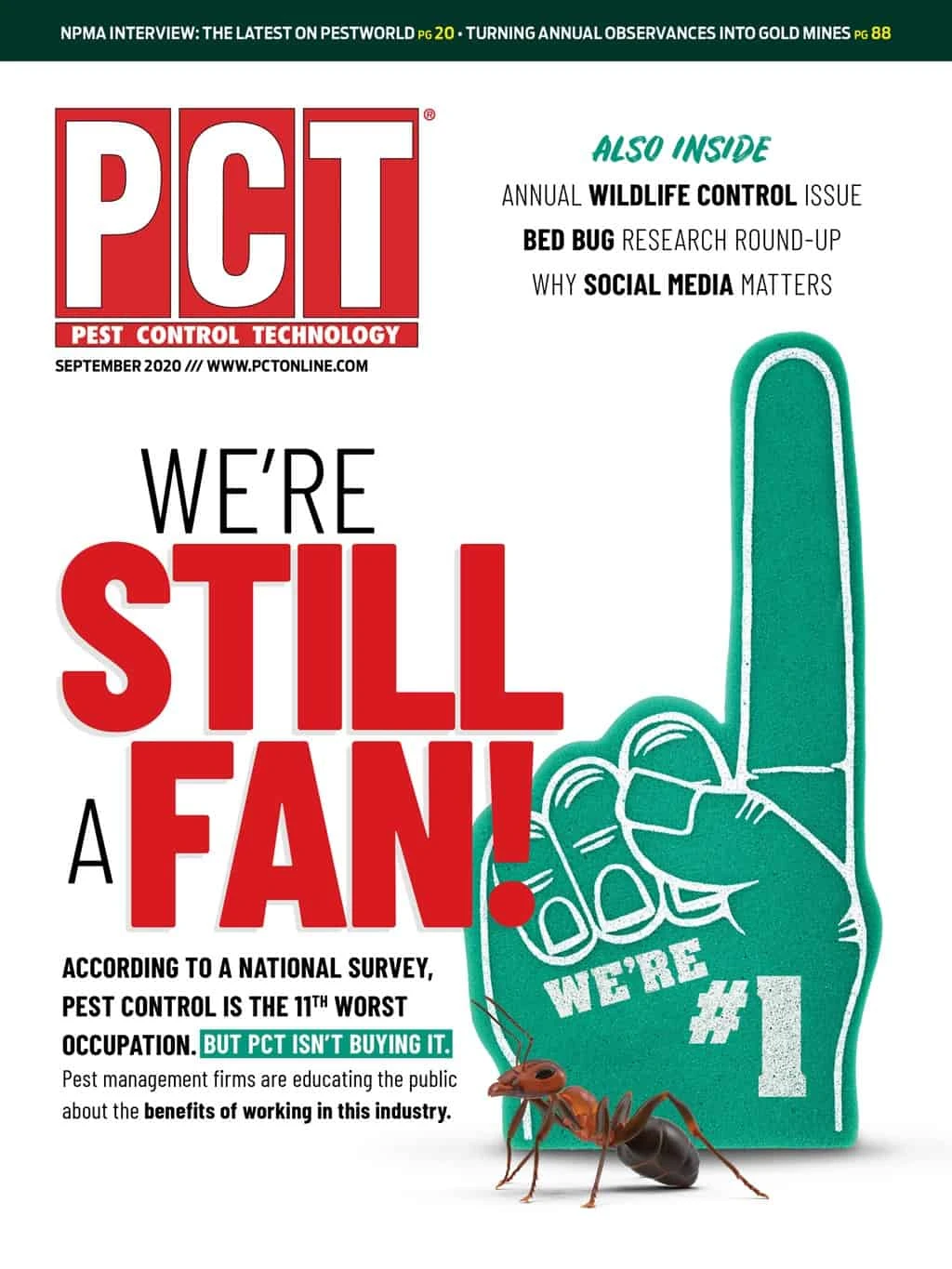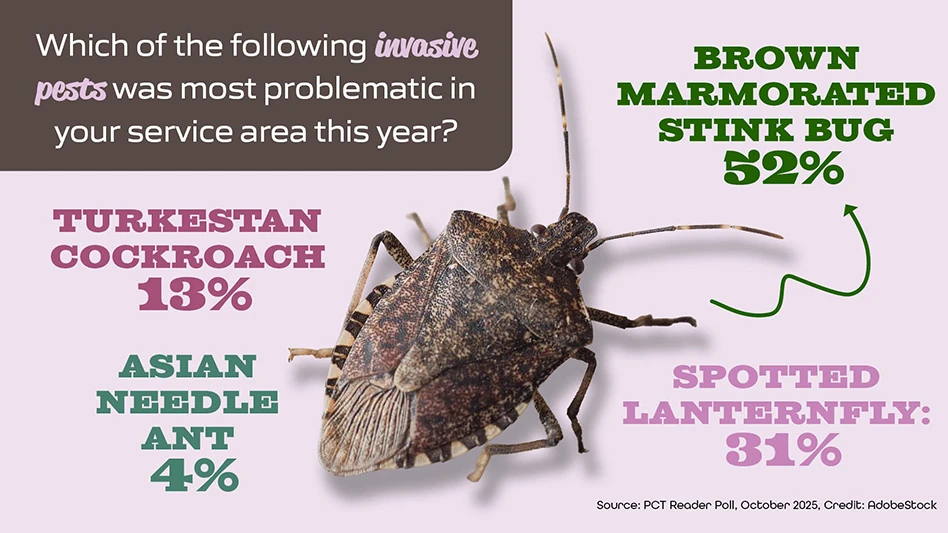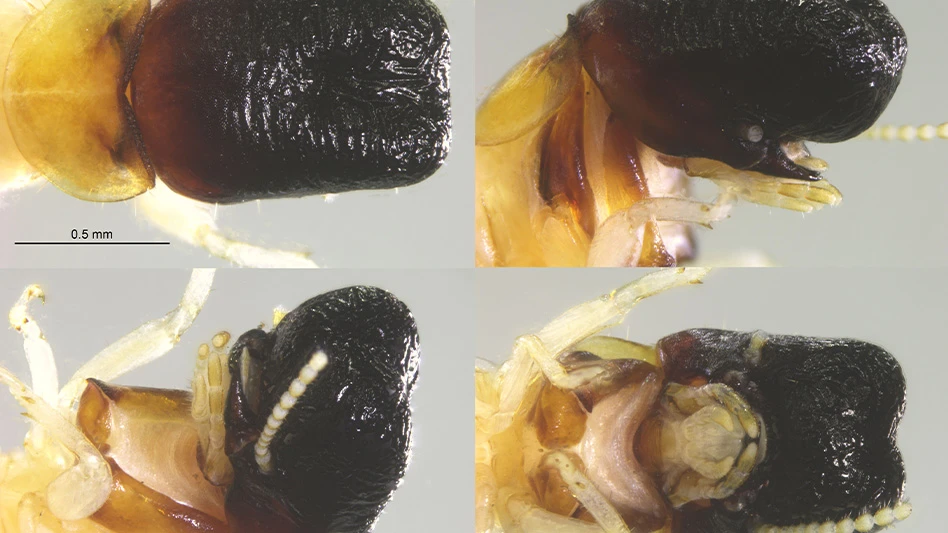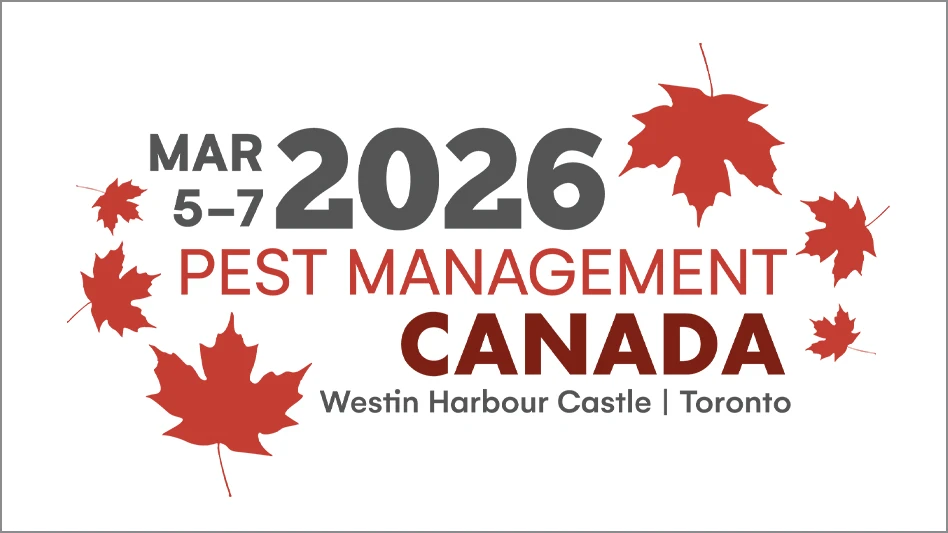
By Chelle Hartzer, B.C.E.
Bed bugs made a resurgence in the United States starting in the late 1990s. Soon after, scientists started publishing lots of research about bed bugs’ behavior, biology, genetics and treatments. According to the most recent PCT State of the Bed Bug Market (2019), sponsored by Central Life Sciences, bed bug jobs were still increasing steadily, if slowly, in the last few years. The same research reported that PMPs predicted continued growth in bed bug jobs and the public was more concerned about bed bugs than they were 10 years ago. So there still is, and will be, an increase in bed bug treatments and a continued concern from the public. Since bed bugs aren’t new and have been surging in the U.S. for more than two decades, has there really been anything new on the research front recently? You bet! Here’s a review of some selected recent bed bug research.
A graduate thesis published in the August 2020 Journal of Economic Entomology looked at resistance in bed bugs. Due to the early use of pyrethrins and the copious consumer products that contain this active ingredient (AI), there are bed bugs that are highly resistant to this AI. Many PMPs have switched to other AIs, although consumers still have easy access to the over-the-counter pyrethrin products. The study found low levels of resistance to three common pesticides that PMPs currently use. Don’t panic…you can still use these products. The research found there were low levels of resistance. What the study does indicate is that we need to be careful about what we use and ensure we keep rotating products with different active ingredients. If a location has had previous bed bug treatments (especially health-care and hospitality accounts) by another provider, find out what was used and use something different. Knowing that we are seeing early, low resistance means we can halt it and still be able to keep using all these products. We do not want to lose an entire class of insecticides.
The same study looked at insecticide dusts and the effect of moisture on their efficacy. Higher levels of moisture meant the dusts did not work as well. This certainly doesn’t mean that you can’t use dusts when it’s humid, nor does it mean the air conditioning has to be cranked up to lower the humidity. What it does mean is if you are using steam heat you definitely don’t want to apply dust to those areas before steaming and you may want to apply a different product altogether. It also indicates that if there is higher humidity, applying dust very carefully and lightly will ensure it doesn’t clump and remains more effective.
Previous studies about using insect growth regulators (IGRs) on bed bugs have shown them to be unsuccessful, mostly because of the extremely high dose (way higher than label rates) that was needed to have an impact. A study in the July 2020 Journal of Medical Entomology looked at feeding bed bugs the IGR, instead of a topical (contact) application on late instar bed bug nymphs. The greatest impact the researchers saw was there was a pretty big decrease in the number of eggs the adults (who were nymphs when treated) laid. While this is promising, bed bugs feed on blood. Developing a bait with an IGR that they will feed on is going to be a challenge. The takeaway message from this study: In most situations, IGRs for bed bugs are not going to give you noticeable results.
Researchers continue to look at different pesticides for treatment, including fumigants. A study in April 17, 2020’s Pest Management Science looked at the feasibility of using ozone as a fumigant. In this lab study, the researchers found ozone does kill bed bugs and as with most fumigants, the egg stage was the hardest to kill. Fumigation concentrations are calculated as a certain concentration held for a specific time period (concentration over time). So you can use less gas if you hold it for longer, or you can shorten the time a fumigation takes by increasing the amount of gas. For ozone, the levels needed were extremely high and the researchers admitted that the cost of using that much gas over a reasonable amount of time isn’t feasible. Another study in the Journal of Medical Entomology in January 2020 looked at methyl benzoate as a fumigant and found similar issues. So no new fumigants yet.
Different essential oils are being tested as potential treatment options. In lab trials, when bed bugs are directly treated with high, concentrated doses, it often results in high mortality. One new study that was published in the Feb. 19, 2020, issue of Insects looked at the synergistic effects of three essential oils. Researchers found that combinations worked better than individual oils. However, when compared to a conventional treatment of bifenthrin and imidacloprid, the concentrations needed for the essential oils was very high.
Using multiple methods, both chemical and non-chemical, continue to be proven by research to be more effective than single methods. A July 14, 2020, article in Insects showed that bed bugs in multifamily housing could be reduced by 89 percent by using steam, vacuuming, encasements and customer education. Add a dust to this IPM cocktail and the reduction in numbers of bed bugs increased to 99 percent. This is a great reminder that IPM works. Just like the synergy of using more than one active ingredient or essential oil, using multiple methods results in better outcomes and hopefully fewer callbacks.
Finally, could we give bed bugs sexually transmitted diseases (STDs)? Yep, researchers can think up some pretty interesting theories to test! Since bed bugs have what’s termed “traumatic insemination,” a study in the March 2020 Proceedings of the Royal Society B looked at the bacterial compositions of bed bugs before and after mating. There was a difference, indicating that the process of mating transferred bacteria and left them more susceptible to outside bacteria. While this doesn’t have an immediate impact on how we treat bed bug infestations, it indicates there is potential to use the bed bug’s own biology and behavior against it in the future. It also shows researchers are still looking at all aspects of bed bugs for future treatments.
Lastly, everyone’s run into that customer who knows everything, right? They know what bed bugs are, they know how to treat them and they will tell you all about it. A couple years ago a study was done that showed travelers could correctly identify a picture of a bed bug only 20 percent of the time. A more recent scientific analysis in the May 2020 issue of Cureus Journal of Medical Science tested emergency medical technicians (EMTs). While 27 percent of EMTs reported encountering bed bugs at least monthly on the job, only 33 percent would take the medical stretcher out of service afterward! Researchers also tested EMTs’ knowledge of “basic bed bug biology and public health.” The average score of the seven questions: 69 percent. Their conclusion was EMTs were “suboptimal” when it came to their encounters with bed bugs. The moral of this story is to continue to educate the customer on bed bugs, treatments, and what they (the customer) need to do and look for.
This is just a sampling of the research that has been published this year and how it might impact our knowledge and handling of bed bug issues. There are many scientists still researching all aspects of bed bugs and bed bug management. With the COVID crisis impacting every aspect of our lives right now, it’s hard to say what the bed bug market is going to be like this year and further into the future. However, it’s probably safe to say that we will be dealing with bed bugs for years and with continued research, we may have additional tools and techniques to help us in the fight against these little monsters.

Explore the September 2020 Issue
Check out more from this issue and find your next story to read.
Latest from Pest Control Technology
- PCT/BASF Announce 2025 Technicians of the Year
- PestCo Holdings Acquires Southwest Exterminating
- Donny Oswalt Shares What Makes Termites a 'Tricky' Pest
- Study Finds Fecal Tests Can Reveal Active Termite Infestations
- Peachtree Pest Control Partners with Local Nonprofits to Fight Food Insecurity
- Allergy Technologies, PHA Expand ATAHC Complete Program to Protect 8,500 Homes
- Housecall Pro Hosts '25 Winter Summit Featuring Mike Rowe
- Advanced Education





